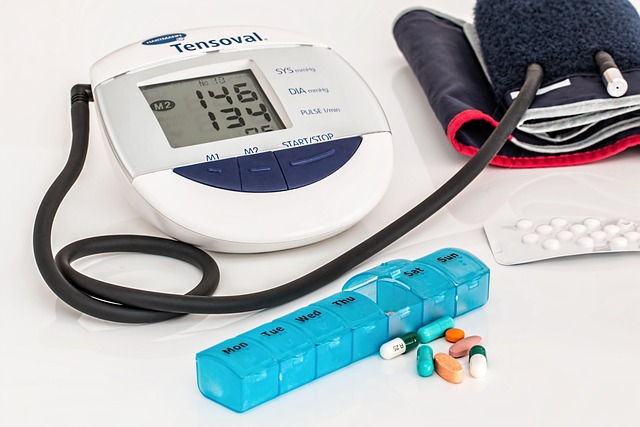Seizure Treatment: Approaches for Epilepsy and Care
Seizure treatment covers a range of medical, technological, and lifestyle approaches used to reduce the frequency and impact of seizures. Treatment depends on seizure type, epilepsy diagnosis, underlying causes, and individual health goals. Effective care often combines medication, monitoring, supportive therapies, and attention to daily routines that affect seizure risk. People and caregivers seeking help can look for neurologists, epilepsy centers, and local services that specialize in diagnosis and long-term management.

This article is for informational purposes only and should not be considered medical advice. Please consult a qualified healthcare professional for personalized guidance and treatment.
What is a seizure and epilepsy?
A seizure is a sudden, uncontrolled electrical disturbance in the brain that can change behavior, movements, feelings, or consciousness. Epilepsy is a medical diagnosis assigned when a person has a predisposition to recurrent, unprovoked seizures or meets specific diagnostic criteria. Causes range from genetic factors and developmental differences to structural brain injury, infections, or metabolic problems. Accurate diagnosis often uses a combination of clinical history, EEG testing, and brain imaging. Understanding whether seizures are provoked or unprovoked helps guide treatment choices and long-term care planning.
How are seizures evaluated for health and safety?
Evaluation starts with a detailed medical history and eyewitness accounts of events, followed by neurologic examination. Diagnostic tests commonly include electroencephalography (EEG) to detect abnormal brain electrical activity and MRI to look for structural causes. Blood tests may check for metabolic or infectious contributors. Safety evaluation assesses risk of injury, driving eligibility, and coexisting conditions such as mood disorders or sleep problems. Coordinating care with primary care clinicians, neurologists, and local services helps ensure comprehensive assessment and monitoring for changes over time.
What treatment options exist for epilepsy?
First-line therapy for many seizure types is antiseizure medication tailored to seizure classification and patient factors such as age and comorbidities. About two-thirds of people achieve good control with medication, while others may need alternative approaches. When medications do not control seizures, options include epilepsy surgery for focal structural causes, neurostimulation devices (vagus nerve stimulation, responsive neurostimulation), and dietary therapies such as ketogenic or modified diets under medical supervision. Multidisciplinary teams at epilepsy centers can evaluate candidacy for each option and discuss expected benefits and risks.
Can wearables support seizure care?
Wearable devices and sensors can help detect motor seizures, monitor physiological changes, and provide alerts to caregivers. Wrist-worn accelerometers, heart rate monitors, and multivariate systems use algorithms to flag events that may indicate a convulsive seizure. Wearables can improve safety and provide data on seizure timing and frequency, which supports clinical decision-making. Limitations include variable sensitivity for non-motor seizures, false alarms, and privacy considerations. Wearable data are complementary to clinical assessment and should be reviewed with a healthcare professional as part of a broader monitoring plan.
How can lifestyle influence seizure risk and management?
Lifestyle factors such as consistent sleep, stress management, medication adherence, and avoidance of known seizure triggers can meaningfully affect seizure control. Regular sleep patterns reduce seizure susceptibility for many people, and limiting excessive alcohol or recreational drugs is recommended. Nutrition and exercise tailored to individual needs support overall health but should be discussed with clinicians when on specific diets or medications. Social support, mental health care, and clear action plans for seizures (including when to seek emergency care) are practical aspects of daily management that contribute to safety and quality of life.
Conclusion
Seizure treatment is individualized and often combines medication, diagnostic monitoring, supportive technology such as wearables, lifestyle adjustments, and, when appropriate, surgical or neuromodulation options. Long-term management benefits from coordinated care with specialists and access to local services that can provide education, monitoring, and psychosocial support. Regular follow-up and open communication about side effects, seizure patterns, and goals help tailor treatment over time. Ongoing research continues to refine approaches, but clinical decisions should always be based on current evidence and professional medical advice.






